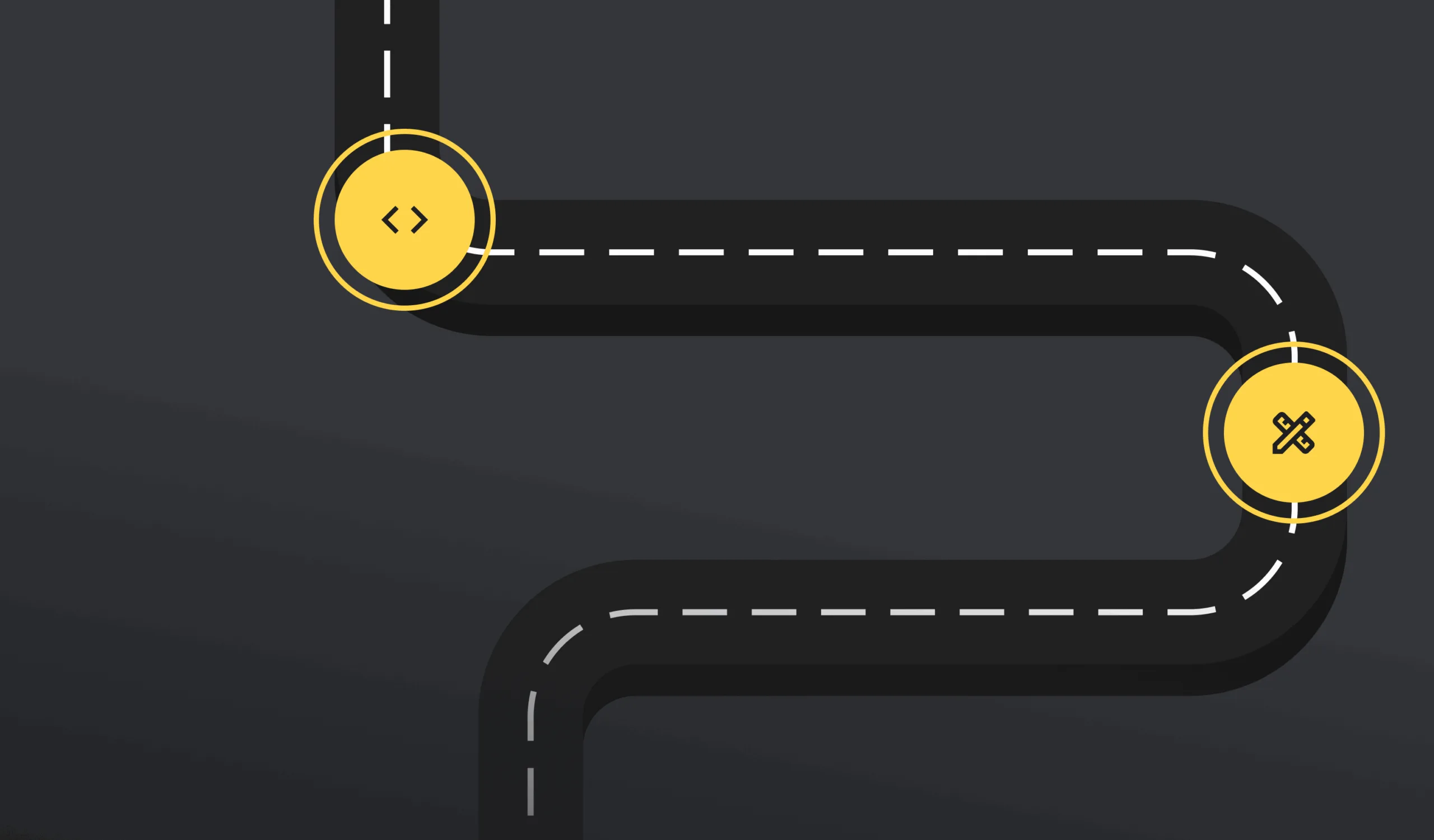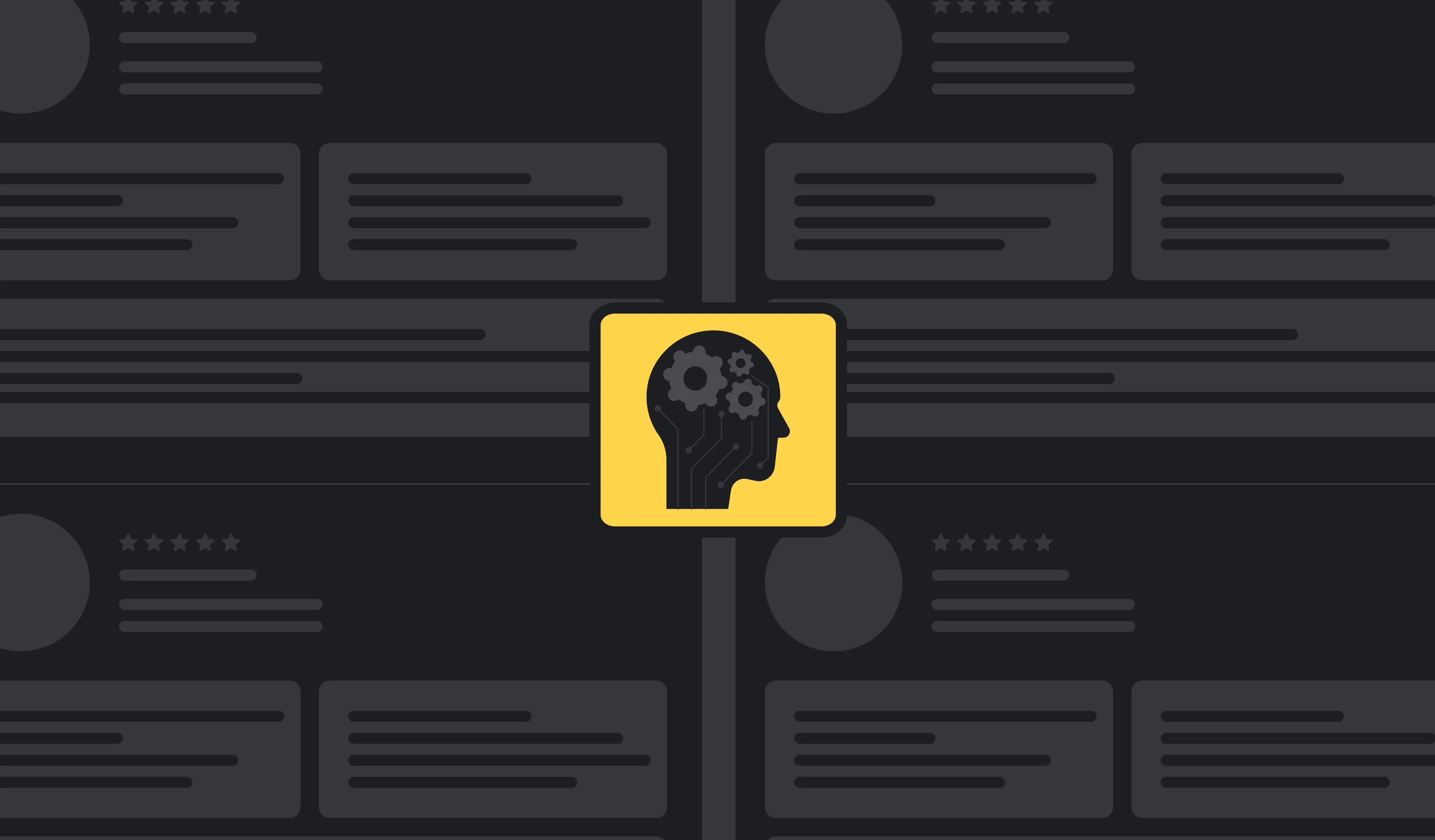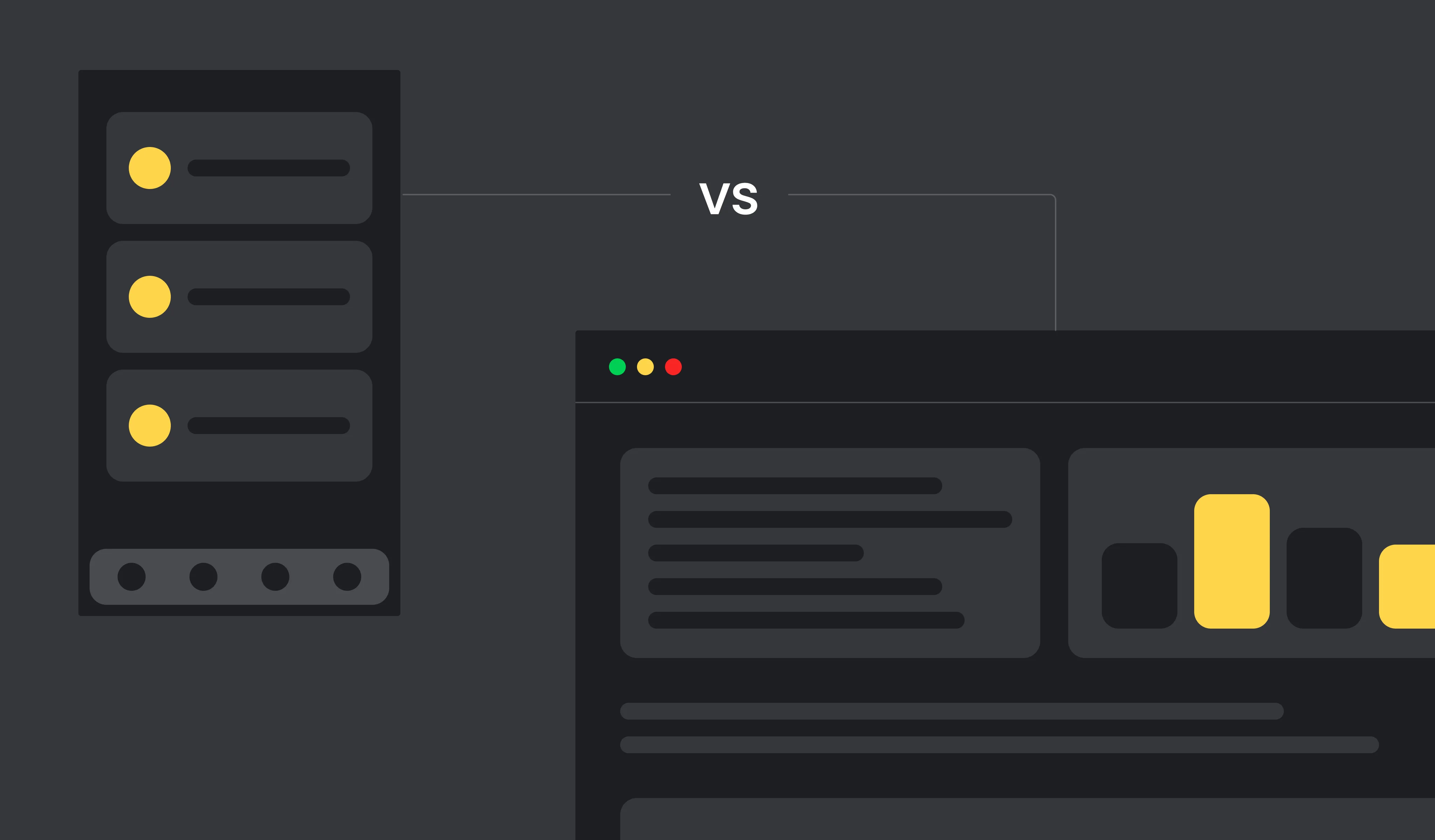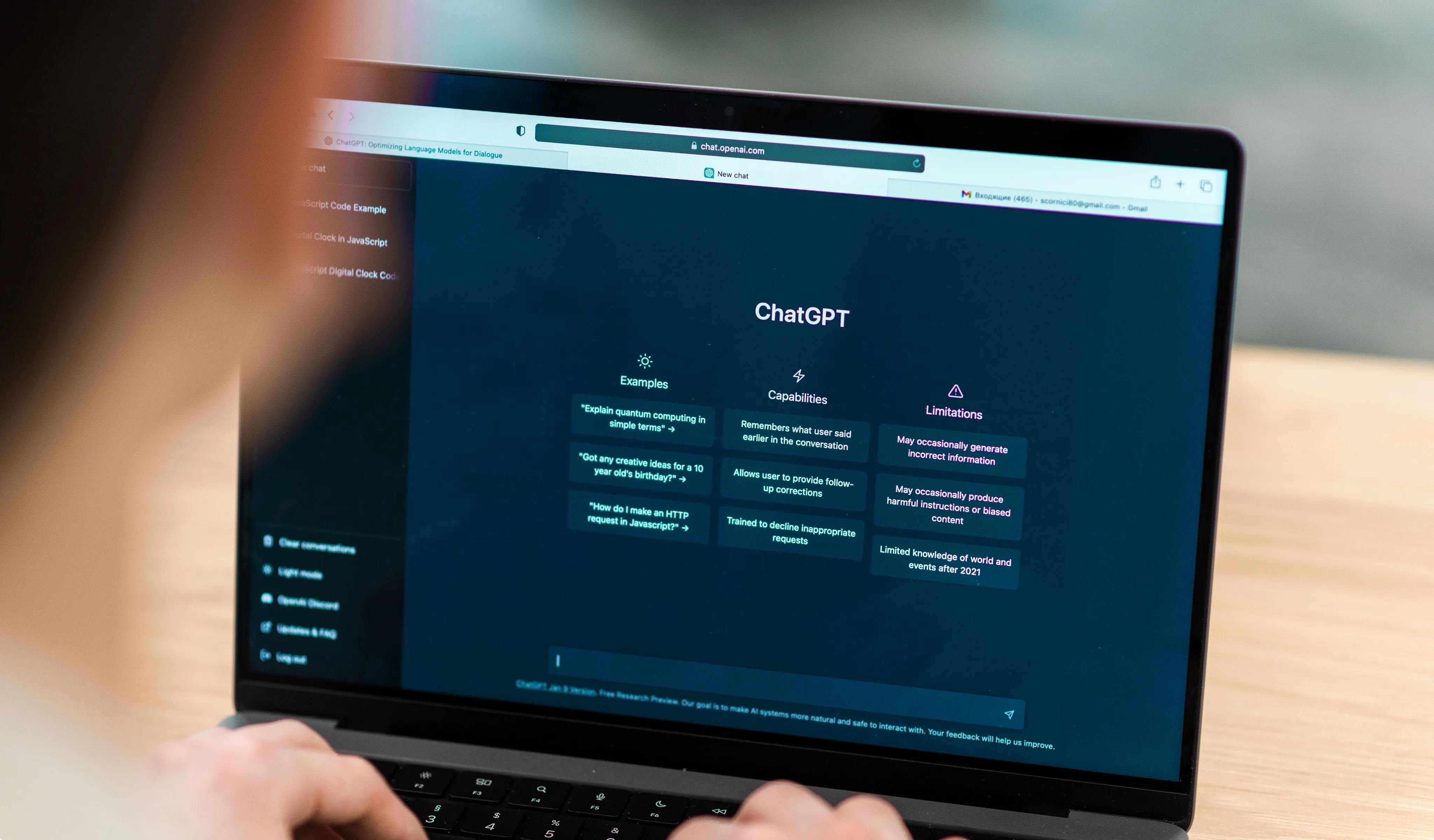Everyone knows what a website is, but only a few know what web development is. Website Development is a blanket term for everything related to website building.
Whatever you access in your browser is a part of website development – markup, coding, scripting, network configuration, CMS development, eCommerce development, and all other related development tasks.
Thus, here is a step-by-step roadmap to the web development process:
Planning

The first step to anything is planning. One cannot simply go ahead and do just about anything. To develop a website, precise and proper planning is required. Set the goal that you wish to achieve with your website. Define the target audience and information that you would want them to look up to while searching for you.
It is during the stage of planning; the brands must determine the structure of the website and the tools required to build it. How will they be designed according to SEO and other things like customer service, editing, configurations, integrations, etc.! Make a list of all the pages that you want to be listed on the website.
Wireframe Creation

Remarkably similar to the blueprint of an architectural building, the wireframe too is a dimensional skeletal outline of a web page that provides a clear view of page structure, layout, information architecture, functionality, etc. Once that is created, the person in charge can see how a website will look. The look of the website is as essential as its functionality.
Wireframes can be made with hands or prepared digitally. They are quick and cheap to create, giving an overview of how the brand representation will be made online. It is one of the most common practices of UX Designers. It gives time to the brands to decide what information to put in and what shouldn’t be.
There are three types of wireframes:
Low–fidelity wireframes
Low - Fidelity wireframes could be as simple as a picture drawn on paper. It leaves out anything with details and is just the Birdseye view of how the website will potentially look. Low-fidelity wireframes are like FIR. They are ideal if you want to sketch or scribble something up with a pen or pencil and show it to them mid-meeting.
Incredibly useful for designers, these are perfect for those with multiple product concepts who want to decide which direction to go down quickly.
Mid–fidelity wireframes
Mid – Fidelity wireframes are popular, and most designers opt for them. They avoid distractions such as images or write-ups, and they are more detailed such that their components are specific and features differentiated from each other.
Designers need not stick to black and white; they have the freedom to use different shades of grey to communicate the visual prominence of each element separately.
High–fidelity wireframes
High – Fidelity wireframes include actual images and written content with details. Instead of pseudo - Latina content, the text, which has minor changes, is being written, and instead of outlines, the website looks close to its final product. However, high–fidelity wireframes are costly and time-consuming, thus less preferable. High-fidelity wireframes are primarily used for the latter stages of the product's design cycle.
Drafting

The third step in the web development process is drafting the website and seeing that all the pages are in sync. A website cannot be random or haphazard. They need to be organized, which will make the entire site navigable. Technical sitemaps are written in HTML or XML, which makes it easier for SEO crawlers to crawl.
Beyond creating an organization plan for the project, having a sitemap example of what needs to be built and how; can help the team collaborate. Sharing the site map with web designers, writers, freelancers, Website Design Companies and the leadership team gives everyone a clear picture of the output and how it will look.
Writing the Code

Writing the code is accessible only if the coding language is defined. JavaScript and Python are two of the most popular languages in the startup industry. They are in high demand. Many startups prefer to use Python-based backend frameworks. For example - Django (Python), Flask (Python), and NodeJS (JavaScript). Some of these are considered to be the best programming languages to learn for beginners.
Below is a list of the most popular programming languages in demand in 2023.
- JavaScript
- Python
- Go
- Java
- Kotlin
- PHP
- C#
- Swift
- R
- Ruby
Building a Backend

The backend of the website needs to be solid. Back-end development refers to developing server-side logic that ensures the app and website's functionality from BTS (behind the scenes/behind the curtains). It includes all the codes needed to build the database, server, and application. However, it is optional for the static website that does not handle data or requires user input daily.
From database migrations to API integrations to set up the server-side technologies that make a website tick, a backend web developer may be the talent you need to get your next web project off the ground. The "traditional" back end is a mix of the server, databases, APIs, and operating systems that shall power the app's front end.
Then comes Frontend

To understand the back–end, one must understand what the front-end of website development is. The user interface of the website is the Front End Developer's responsibility. In general, Front-End Developers work on the design & layout aspects of the websites. Just like Backend Developers are responsible for processes on the server side, for example, database management, API integration, etc.
A Front-End Developer is also concerned with implementing the visual elements, which eventually enhances the performance of the website, thus providing a better user experience.
Testing and editing

Once everything is built comes the testing and editing part. It is necessary to test the website to see whether it runs successfully and exactly how it should. See if all the codes are perfect and in place. Edit if there is any website issue or any section needs to be found. Testing and editing should be done thrice before the final product is on the market.
Brands do not want to feel ashamed of their website once it is out in public. Website is the first online impression that is left on the public who do not know you and you do not want to make a wrinkle in your impression.
Launching a Website

Launching the website might be the most fun part of the website, but there are other steps of website development. It is one of web development's most essential and fun parts. Because it is the launch of the final product that might have taken months to create/build. Once the website is ready, register for the domain name and launch.
Analyzing what works and what doesn’t

Once the website is live, you need to see what works and what doesn’t. See the response the website is getting. Sometimes, changes need to be made even after launching the website because people might need more than what you have to serve them. Thus, make the changes according to the feedback and maintain the website in a manner that makes your customers think that you care about them and are passionate about your product too.
For example, a museum website is primarily checked for entrance fees, hours it is opened, and days it is opened. But modern museum website development is more than that.
Adding features over a while

Once a website is launched, it needs to be updated and upgraded regularly. Trends need to be checked, and changes must be made every six months. A few old features that do not align with trends need to be removed, and specific features without which the website absolutely cannot survive need to be added. For example, a website needs a chatbot to answer people's questions, but it doesn't need a Gallery page.
Wrapping Up
Web Development is one of the essential areas of online business management. It is not the department that should be addressed; brands must be active, especially in 2022-2023.



